Here’s a brief overview of each of the five starting positions in basketball and the roles and expectations that come with them.
Center (C)
1 of 6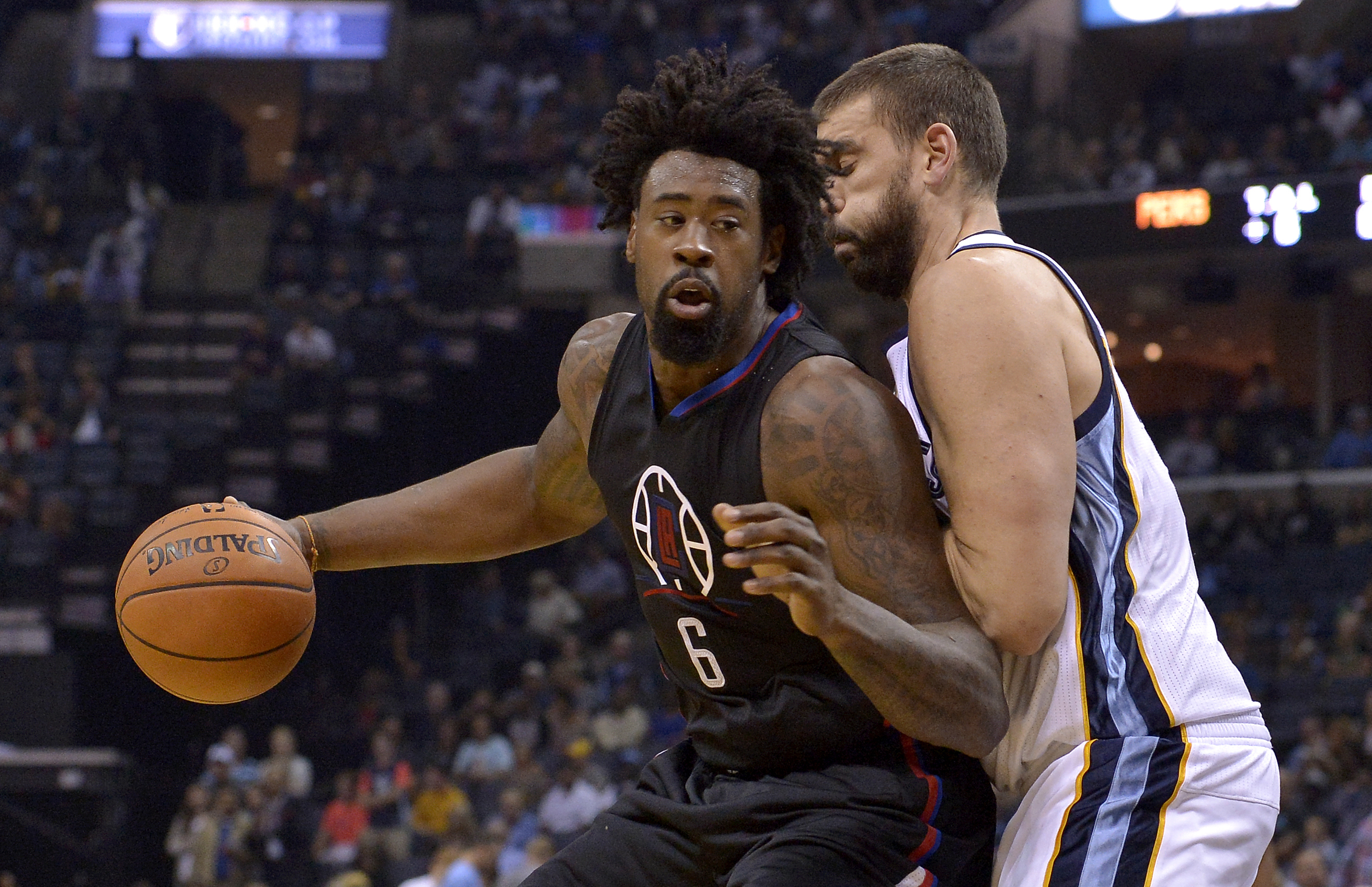
DeAndre Jordan, Los Angeles Clippers
While it's a bit stereotypical, this position is traditionally occupied by the tallest, most physically imposing player on each team. Although some collegiate and professional teams are prioritizing centers that can effectively shoot from outside to stretch opposing defenses, this position is generally expected to remain close to the basket on both ends of the floor.
Offensively, centers should be able to score effectively close to the basket. Whether that's short-range jump shots and hook shots, or gathering offensive rebounds and converting putbacks and tip-ins, centers receive the majority of their scoring opportunities from high-percentage areas near the baseline and inside the lane. Centers are also regularly required to set screens for teammates in order to free up shooters or create more room for ball handlers to make plays.
On the other end of the court, centers hold a responsibility as the last line of the team's defense. If opposing players manage to maneuver into the lane, due to the center's height, they are assigned with protecting the basket by altering or blocking close-range shots. Much like on offense, centers are also expected to lead the rebounding efforts and hopefully limit the opposing team to one shot per possession.
Power Forward (PF)
2 of 6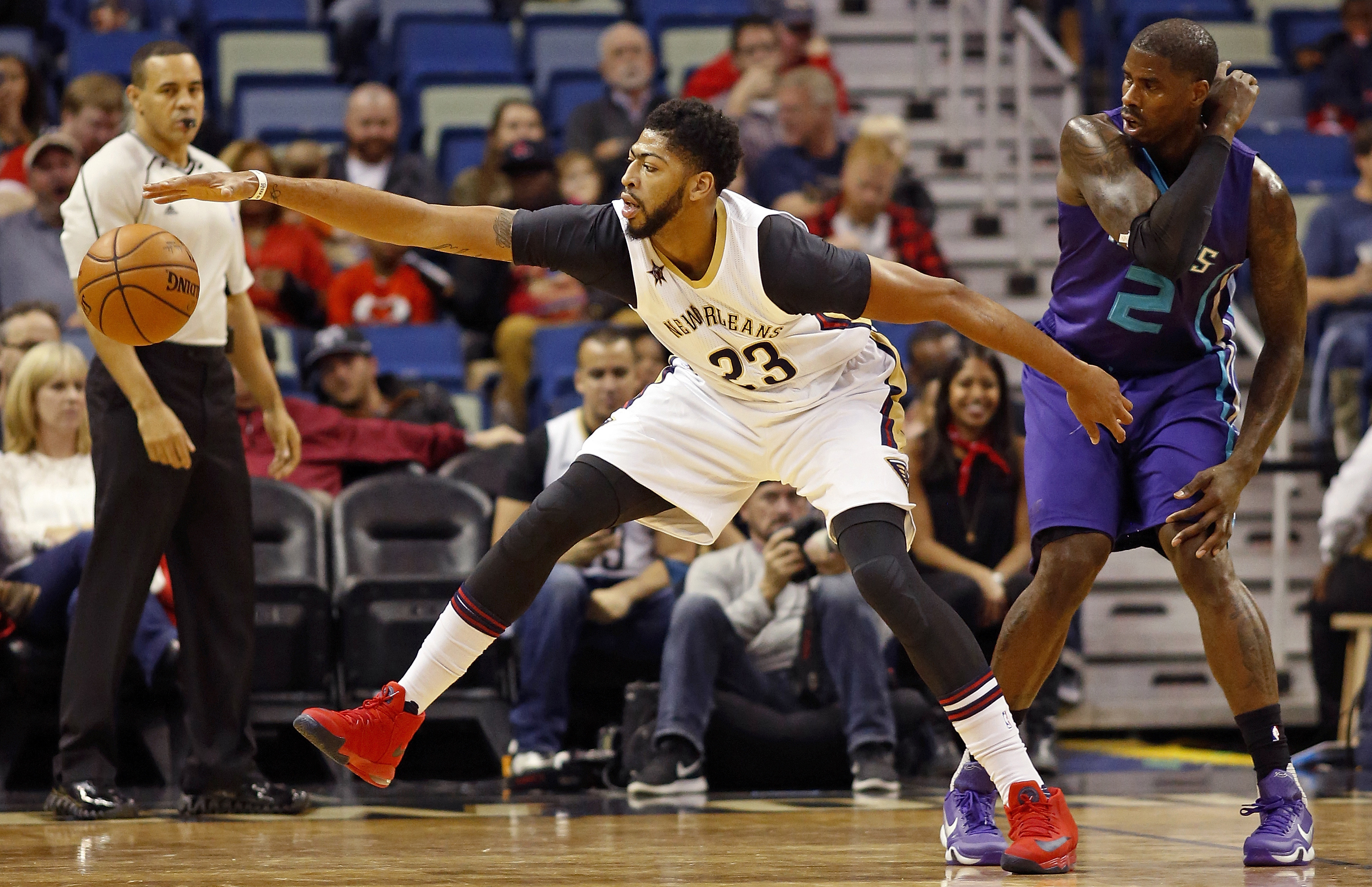
Anthony Davis, New Orleans Pelicans
Power forwards tend to be smaller than centers, but they generally possess more athleticism and are expected to cover more ground on the court.
Offensively, much like centers, power forwards are expected to capably and consistently score from areas close to the basket. However, unlike centers, power forwards should be more versatile in their ability to shoot mid-range, and perhaps even long-rage jump shots. The use of a "stretch four," which refers to power forwards that are able to effectively shoot three-point field goals, is becoming increasingly popular due to the confusion that it creates for opposing defenses.
Defensively, power forwards still use their toughness and strength to defend close to the basket and rebound, but their athleticism also allows them to guard quicker players away from the basket in pick-and-roll situations.
Small Forward (SF)
3 of 6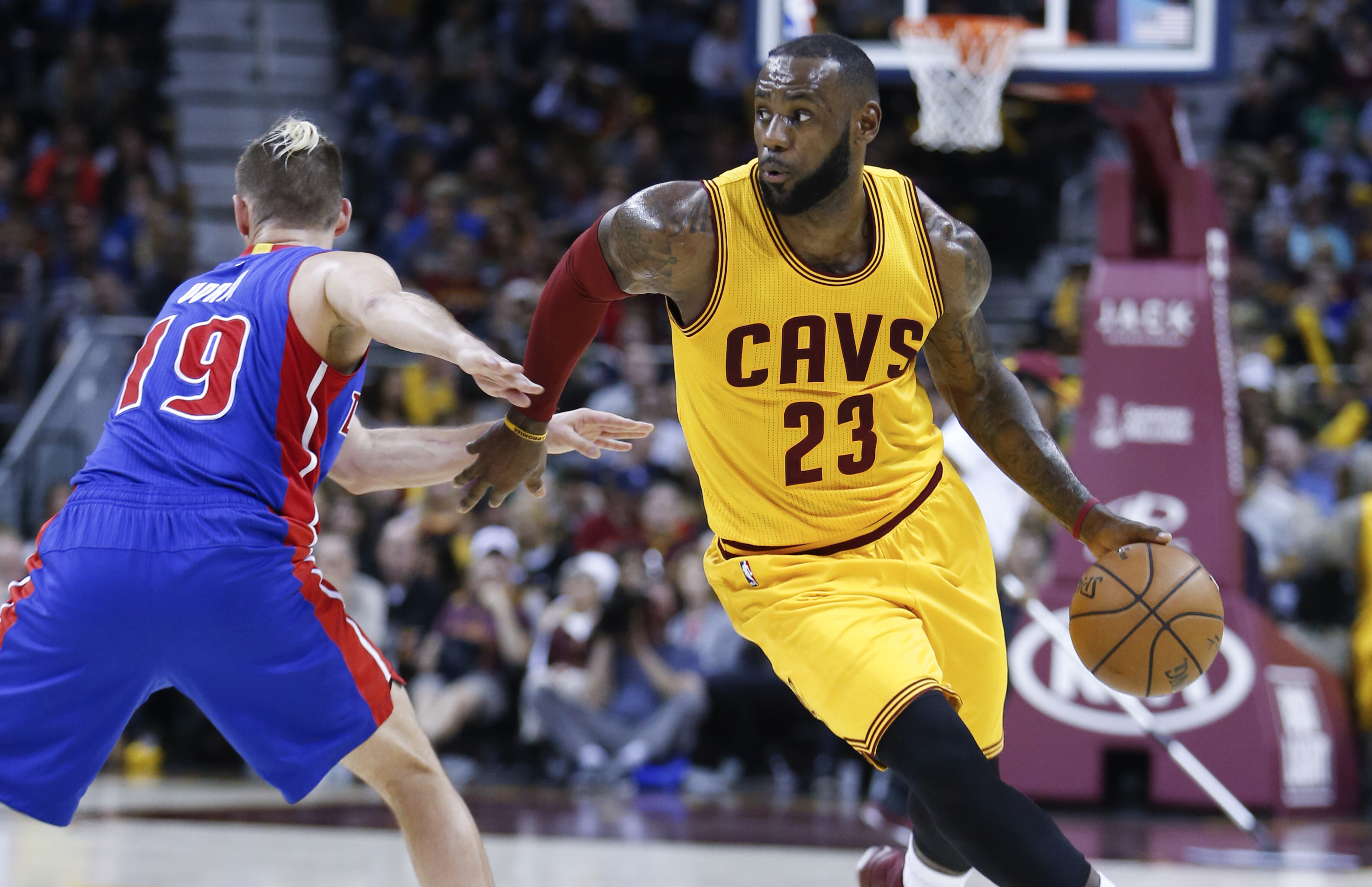
Lebron James, Cleveland Cavaliers
Out of the five starters in basketball, the small forward generally tends to possess the most versatile skill set. Physically, a small forward is the team's most explosive and complete athlete.
Both on offense and defense, a small forward is asked to do a little bit of everything. While they aren't as big as the power forwards or centers, small forwards are still asked to rebound, score and, at times, defend players close to the basket. And, much like the guards, small forwards are often able to shoot and defend players that can make mid-range and long-range shots.
How a small forward is utilized is often dependent upon coaching. Because of the versatility that often comes with this position's abilities, coaches may employ small forwards in differing ways in order to best take advantage of their team's strengths.
Shooting Guard (SG)
4 of 6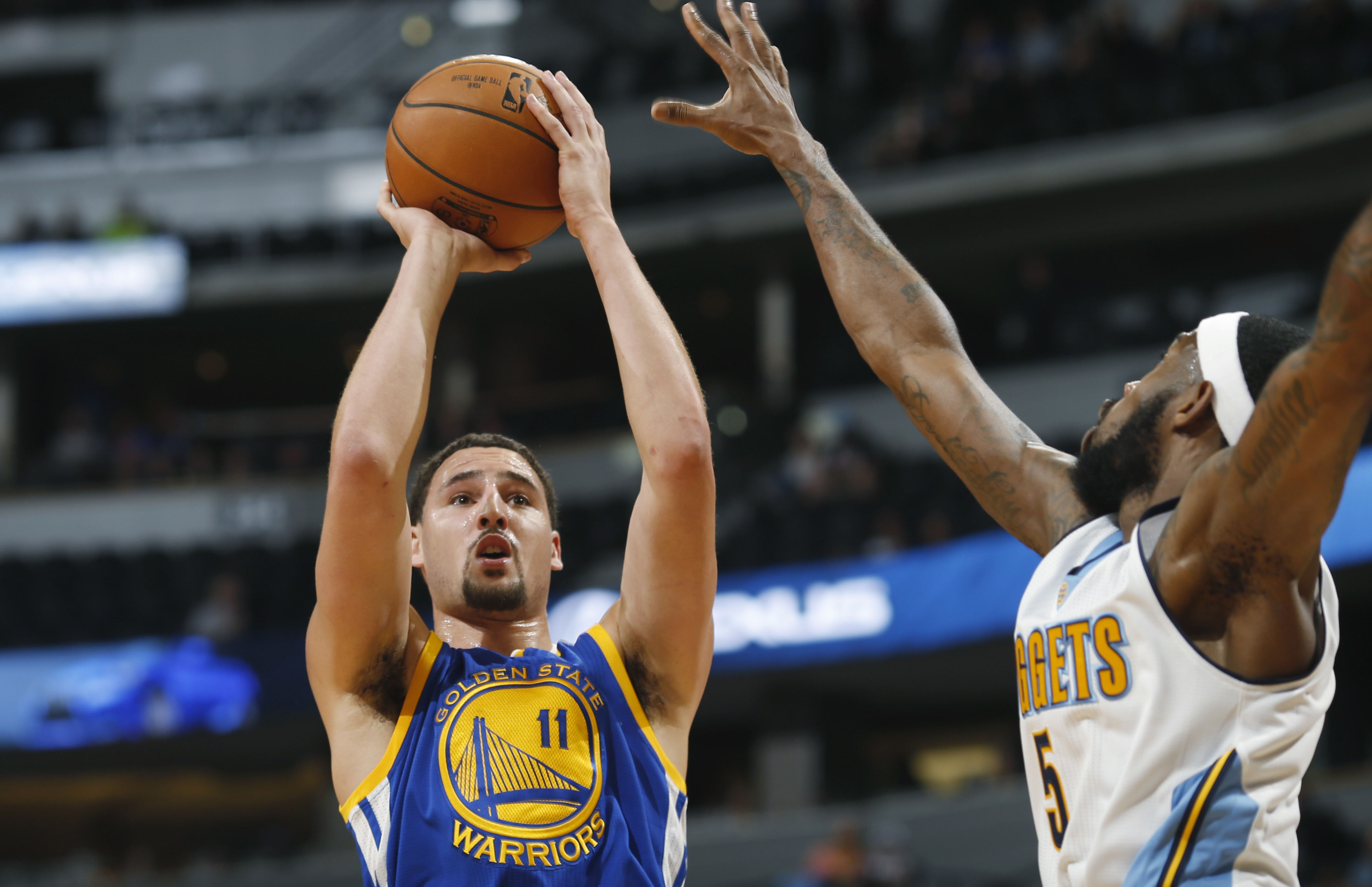
Klay Thompson, Golden State Warriors
Shooting guards tend to be smaller players that are quick and athletic. As the name would suggest, this position places responsibility in shooting the basketball. While small forwards are versatile in the many ways they can contribute both offensively and defensively, shooting guards are versatile in the many ways they can score.
High quality shooting guards are unpredictable because they can shoot from all over the court, whether it's a catch-and-shoot situation or a jump shot created off the dribble. They also possess the ability to drive to the basket and finish scoring opportunities around the rim. Lastly, a shooting guard should possess good passing and ball handling skills to assist the point guard in playmaking responsibilities.
Defensively, shooting guards are expected to use their quickness to defend the perimeter on defense. While they are not often involved extensively in defensive rebounding, shooting guards can make life difficult for opposing offenses by getting their hands in passing lanes and shortening possessions by creating turnovers.
Point Guard (PG)
5 of 6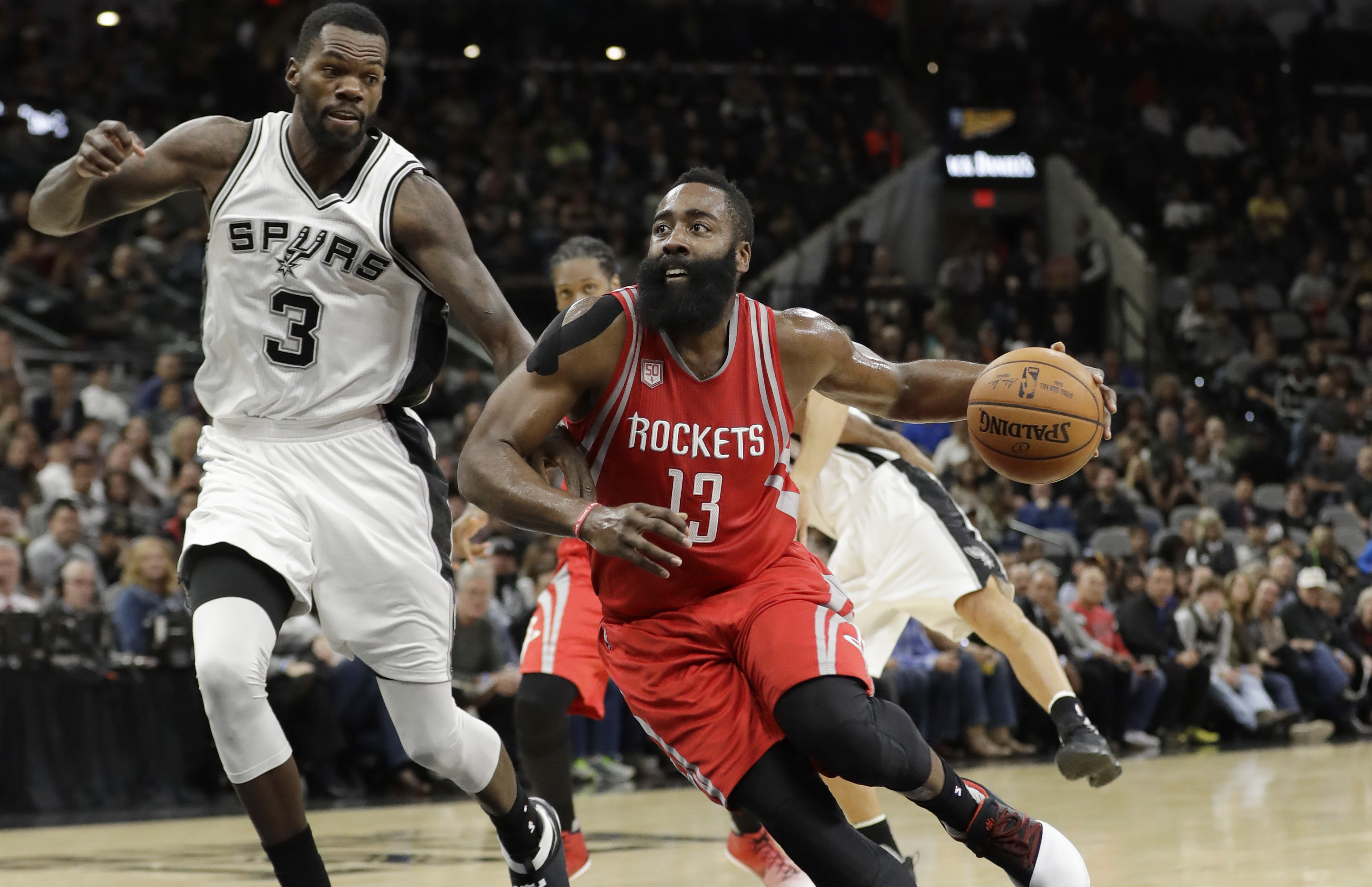
James Harden, Houston Rockets
While point guards are typically the shortest players on the team, the traits that a point guard possesses aren't particularly reliant upon their height.
On the offensive end, point guards are typically the team's best ball handler and passer. Though point guards should be able to keep opposing defenses honest by consistently creating and converting their own opportunities, a point guard's primary responsibility is to create opportunities for their teammates through their passing and dribbling skills. Much like a quarterback in football, a point guard is expected to lead the offense by directing plays and putting their entire team in positions to succeed.
On the other end of the floor, point guards are the first line of defense. Using their quickness and intelligence, point guards should work hard to make the lives of opponents difficult by disrupting the timing of opposing offenses. Similarly to shooting guards, point guards should also try and create turnovers to trigger fast breaks and opportunities at the other end for their team.


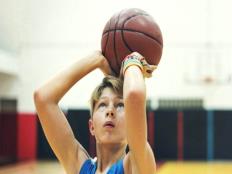
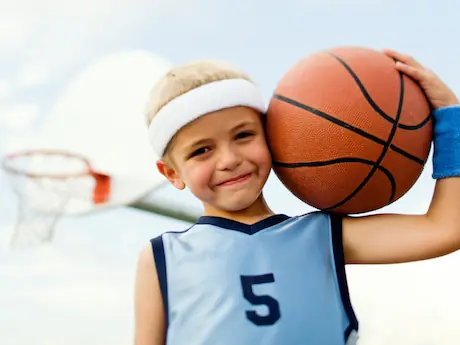



Discuss This Article